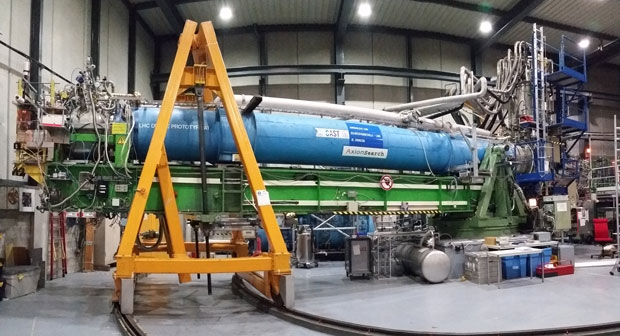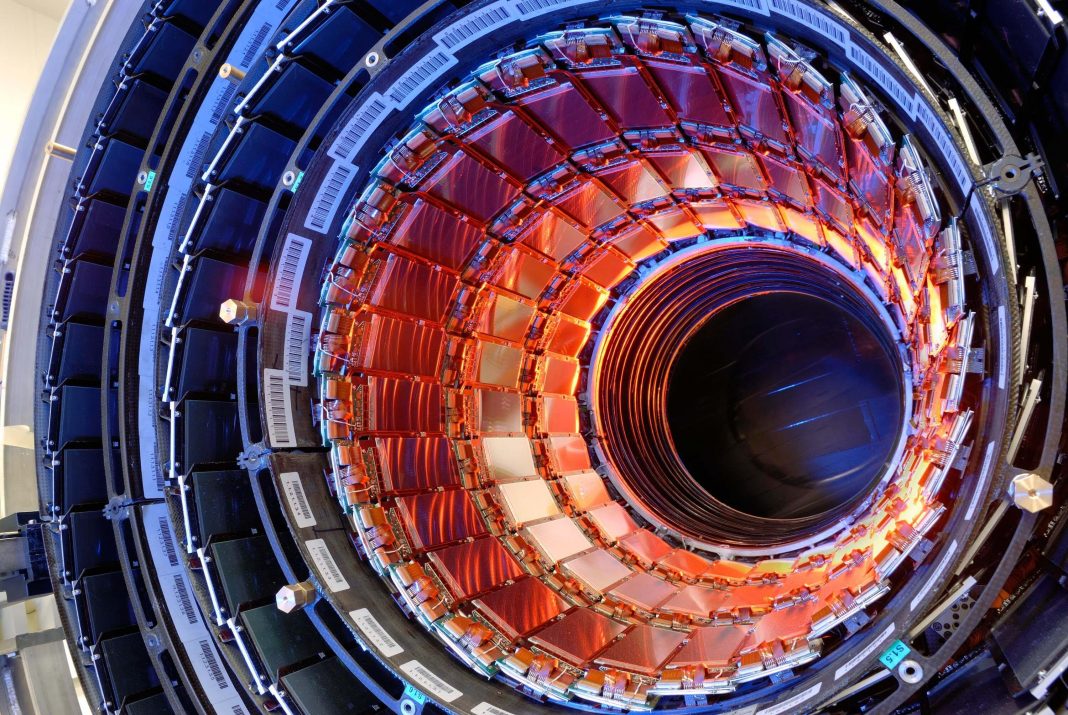CERN, the European Organization for Nuclear Research, is one of the leading centers when it comes to scientific research. It is home to the Large Hadron Collider (LHC) as well as various other pieces of complex technology that are used to study the fundamental particles of science. With the identification of the Higgs boson, scientists finally put the last piece of the puzzle of the Standard Model of physics in place. But so far, they don’t seem to be able to find anything that goes beyond the Standard Model, such as proof of supersymmetry.
However, some extensions to the Standard Model don’t match up with the kind of heavy particles the LHC identifies. Instead these point towards it being an axion, and if that’s the case these could be the answers to many several problems concerning everything from particle interactions up to galaxy cluster scale. The only problem is that because its mass is so small and its behavior very odd, it will be impossible for the LHC to detect. But, that doesn’t mean to say the LHC’s hardware can’t pick it up. Using magnets that were originally designed for the LHC, CERN engineers built an axion spotting device that could detect the tiny particles that arrive here from the Sun.

Uncovering axions properties allow scientists to set limits on what particles should look like. So, for example, those particles involved in quantum chromodynamics their mass is limited to the properties of the Universe. If axions are produced in stars they would transport energy away from the stars, making shorter some stages of stellar evolution. This can be tested by examining the energy balance of stars and tracking types of stars fund within the clusters.
Axions are known to behave oddly when in a magnetic field. Magnetic fields have the ability to convert axions to photons and back again. Similar to neutrinos, those axions produced in a supernova should escape the debris as there is not interaction with matter there. Some of them should be converted to photons that lead to gamma ray bursts that arrive with the neutrinos, but we’ve yet to observe that, setting a further limit on axion’s properties.
It’s the axions interactions with magnetic fields that allow us to view them from Earth. One suggestion is to use magnets on either side of a wall and have a laser pointed at them. This will cause the magnet on one side to convert some of the photons into axions, which can then escape through the wall and get converted back by the other magnet. It’s the foundation of the new experiment that’s taking place at CERN. Here the team is using the Sun to produce axions opposed to creating their own photon source. They placed the magnet on a rotating plate that enabled it to capture and hour and a half of data at both sunrise and sunset. If axions do exists, this should allow for some of them to be converted into X-ray photons.
Related Links;
- CERN points giant magnet at the Sun to look for dark matter particles
- New CAST limit on the axion–photon interaction
More News to Read











